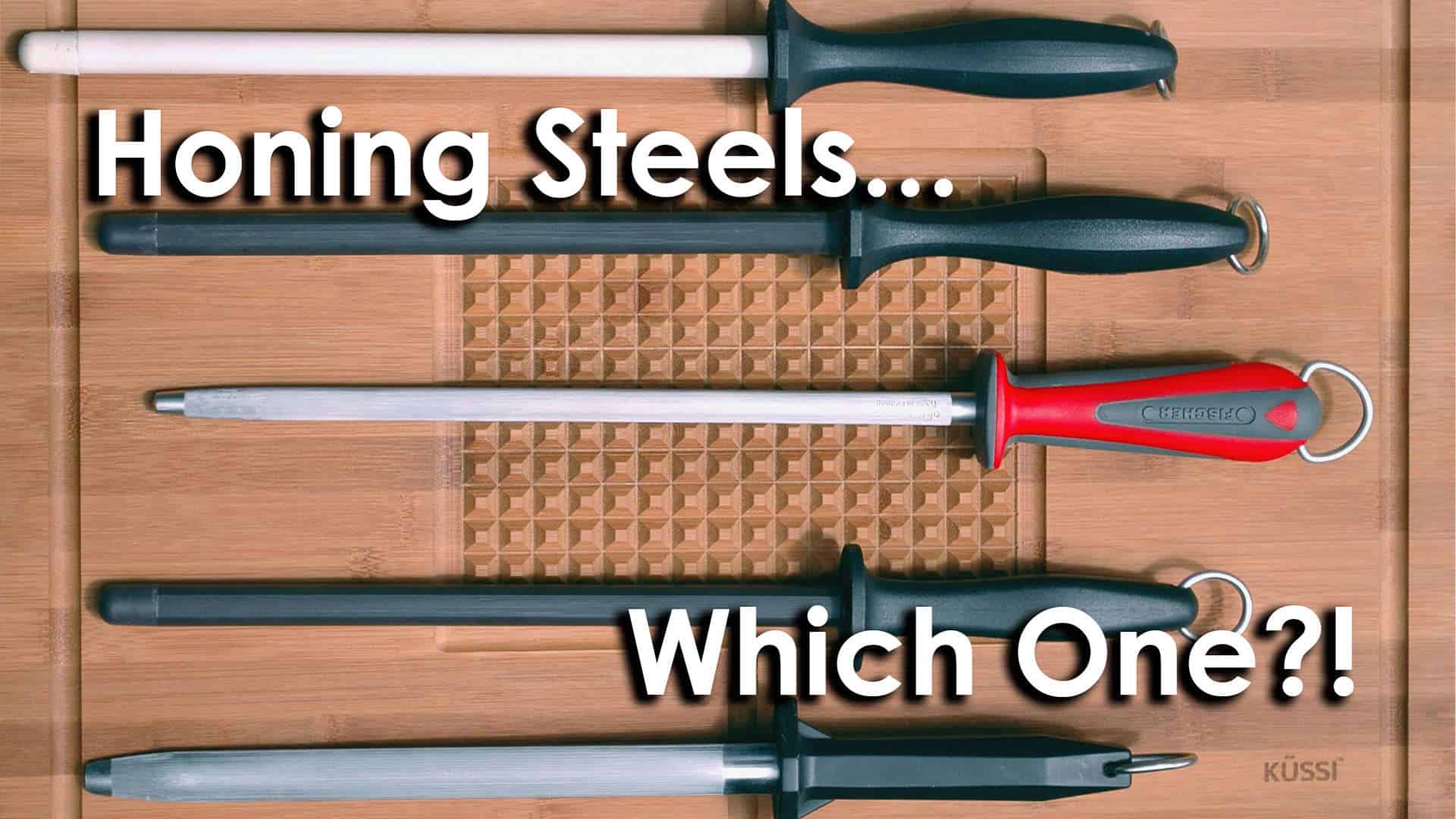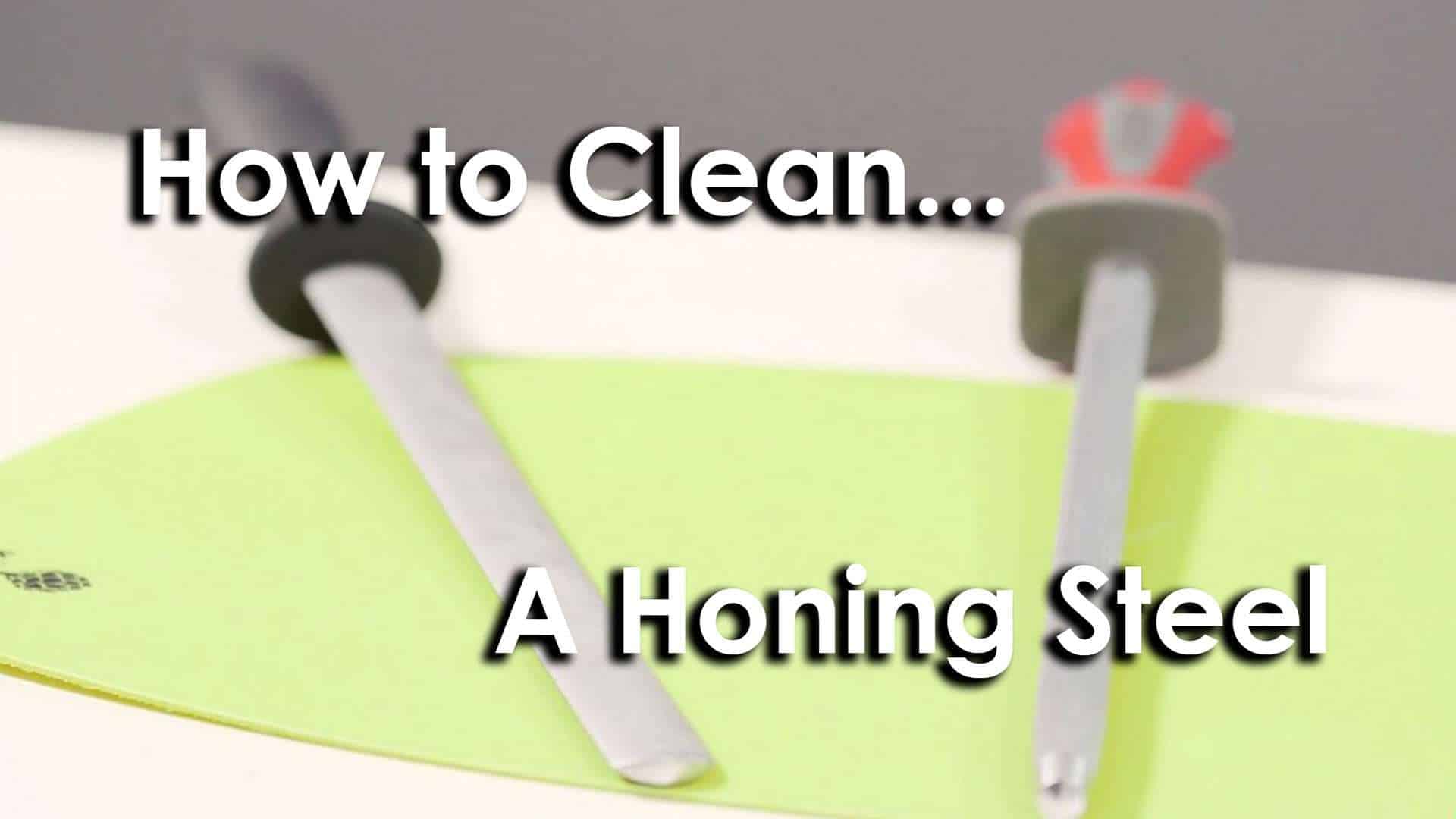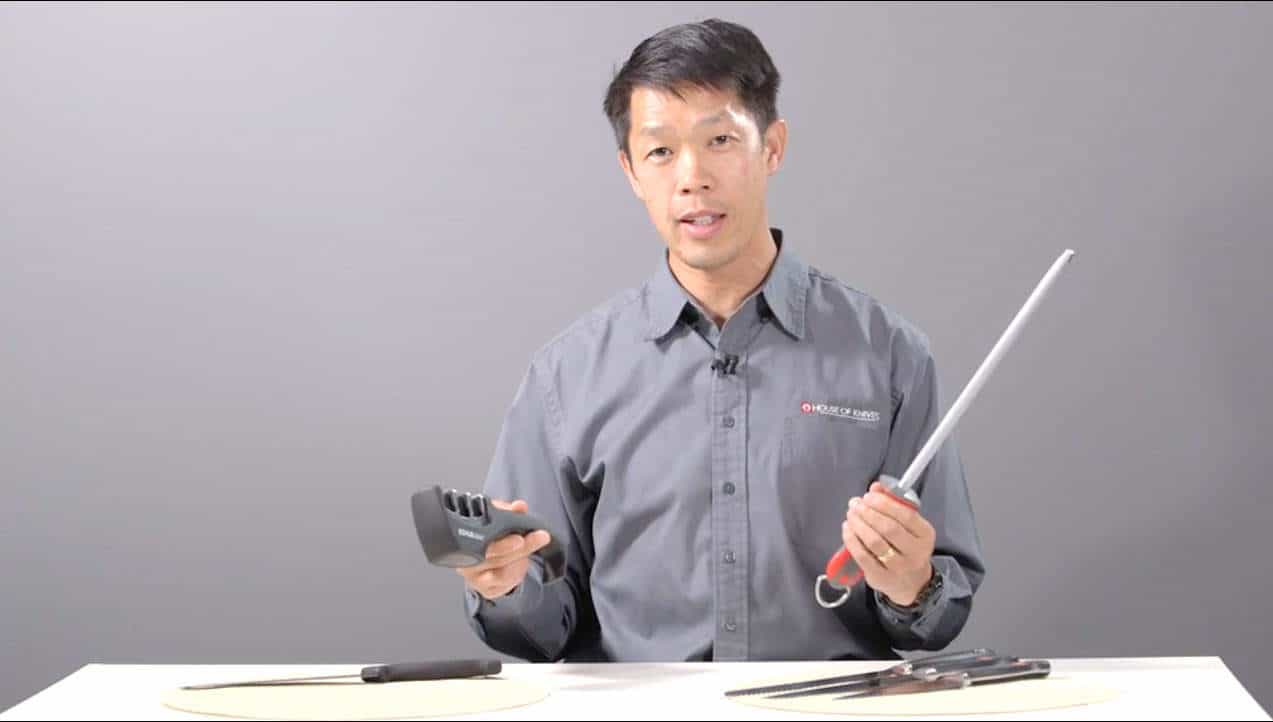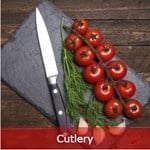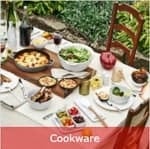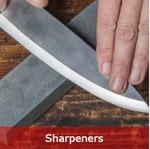What’s the Deal with Honing Steels?
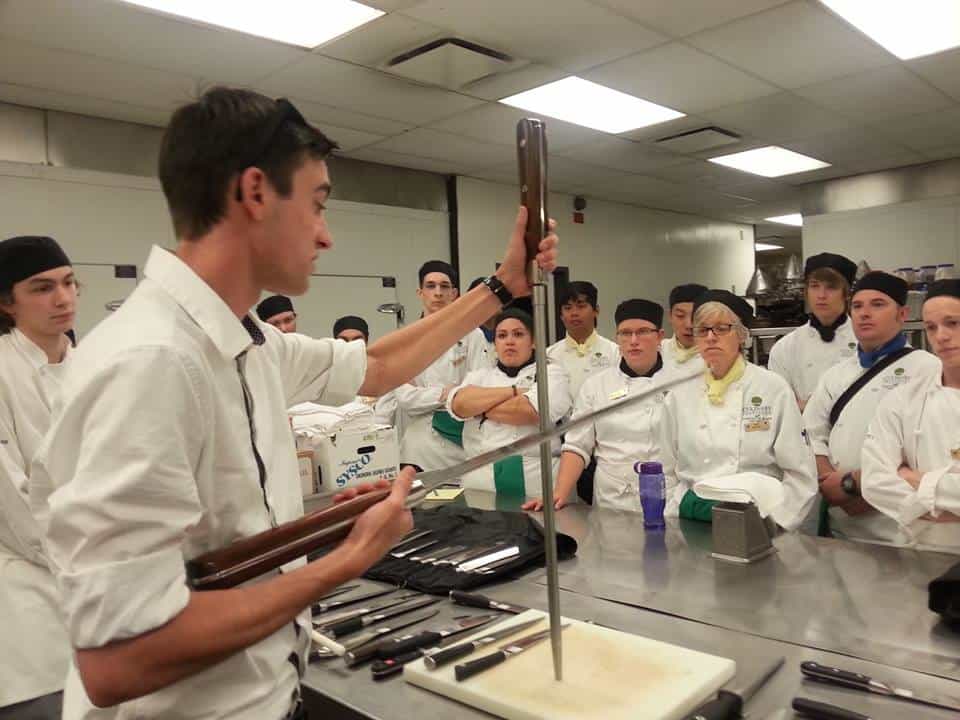
When it comes to honing steels (that large metal rod in your knife block), we at House of Knives often hear this question, “That will sharpen my knives, right?” Well, unfortunately no—but they will keep your sharp knives sharp. How you ask? To explain, we must first look at how knives get dull.

View of a knife laying on its spine, edge facing up
Photo from chadwrites.com
When a knife is sharpened properly, its edge will come to a perfect point that is completely in line with the center of the blade. But when a knife is used, that point gets bent out of alignment; this bending of the edge is what dulls a knife.
It’s hard to believe that simply cutting food could bend steel like this, but remember: the steel at the edge of your blade is very thin. That’s why the edge is able to chop, mince, and slice like nobody’s business, but it’s also why cutting down onto a hard surface is able to curl over the thin steel. When this happens, the edge needs to be realigned, and that’s what a honing steel is for. It puts that edge back where it should be so you can avoid sharpening your knives as often.
Honing your knives can take some direction and skill. For an explanation on honing steels and how to properly hone a kitchen knife, take a look at this short and cheerful video from one of our own!
So let’s talk about the different types of honing rods available. You can typically find honing rods in three different materials: steel, ceramic, and diamond.
Steel Honing Rods

Steel rods, like the Fischer 12” Round Steel, are the most common and they’re great for almost all types of knives. These rods can have very fine length-wise ridges or they can be completely smooth. Use a steel rod on your German and Western-made knives, but take care when honing any Japanese knives on one of these. The reason being is that steel honing rods can chip Japanese steel since it’s harder and more brittle than German or Western steel. So if you have Japanese knives, try to use the steel that is specific to the knife’s brand (for instance, if you have Shun Premier knives, stick with the Shun Premier Honing Steel).
Ceramic Honing Rods

Ceramic rods, like the EdgeLogix 11” Unbreakable Ceramic Steel, are great for both Japanese and Western knives because they’re relatively gentle. They come in very fine grits (at 1000 and up), and will actually take a minuscule amount of steel off your knives. Because it takes a little steel off, it takes fewer passes over a ceramic rod to realign your knife’s edge. The only downside to these rods is that ceramic is capable of breaking, but with the EdgeLogix Unbreakable Steel, you can safely avoid that problem.
Diamond Honing Rods

Diamond honing rods, like the Chef’s Choice 12″ Diamond Steel, are a bit of a misnomer. Because they’re made of such hard material, they will actually take off more steel from your knives while you hone, so they’re basically sharpeners masquerading as honing devices. But these rods will handle Western, Japanese, and even ceramic knives just fine, and the flatter, oval rod will give you a bit more surface area to work with. Many professionals swear by diamond steels; however, they should be used somewhat sparsely as you will be sharpening as much as honing—if you’re looking to sharpen, try to use an actual sharpening device!
It’s Sharpening Month at House of Knives
This month, from January 29th until February 25th, 2016, House of Knives is hosting our Sharpening Month. For more information on sharpening and honing, and for great deals on all sharpening-related products, come in to any House of Knives location in BC or Alberta, or check out our online store! Have any sharpening questions? Submit a comment below and we’ll find an answer for you!
Happy Honing from House of Knives!

